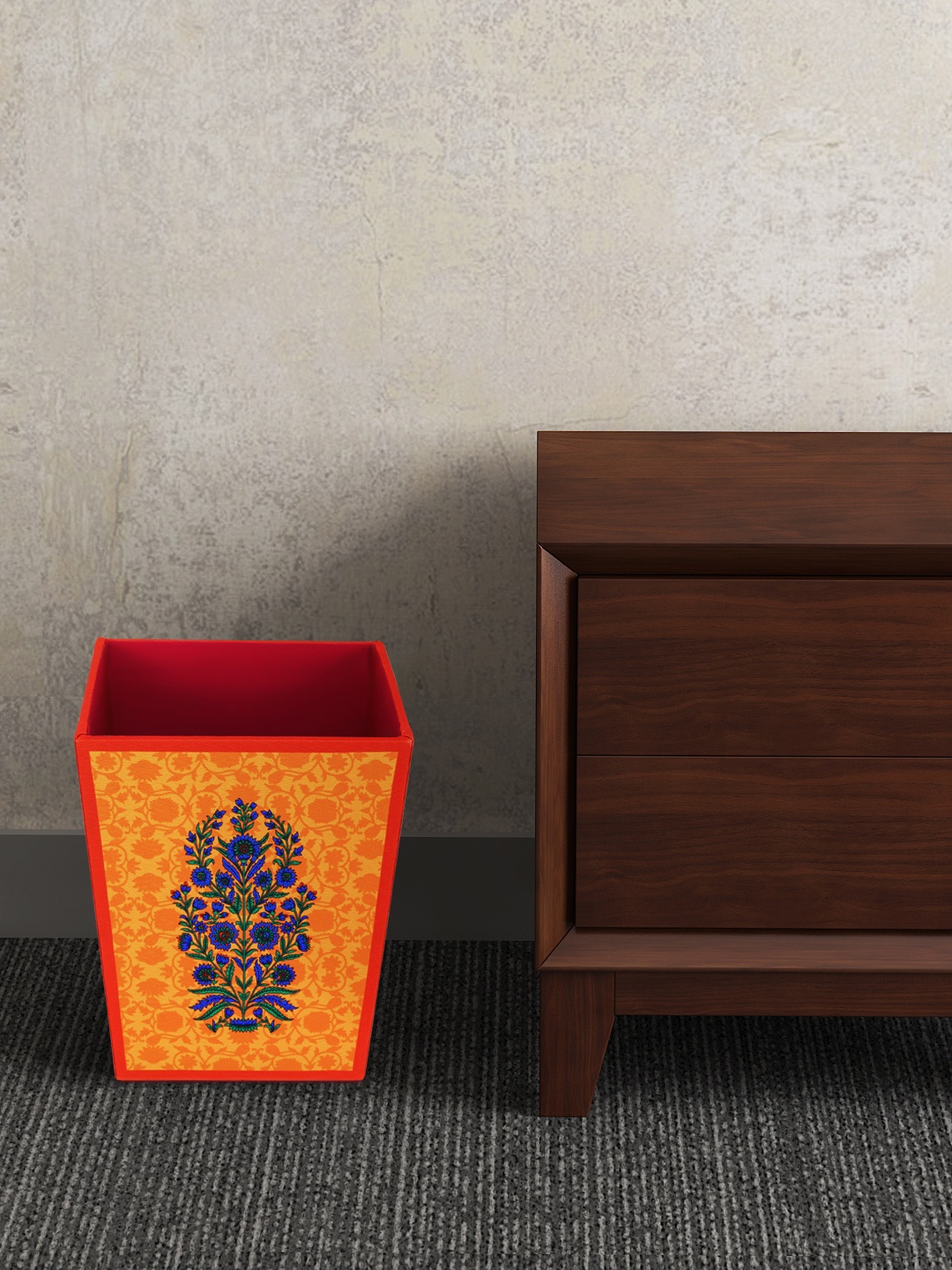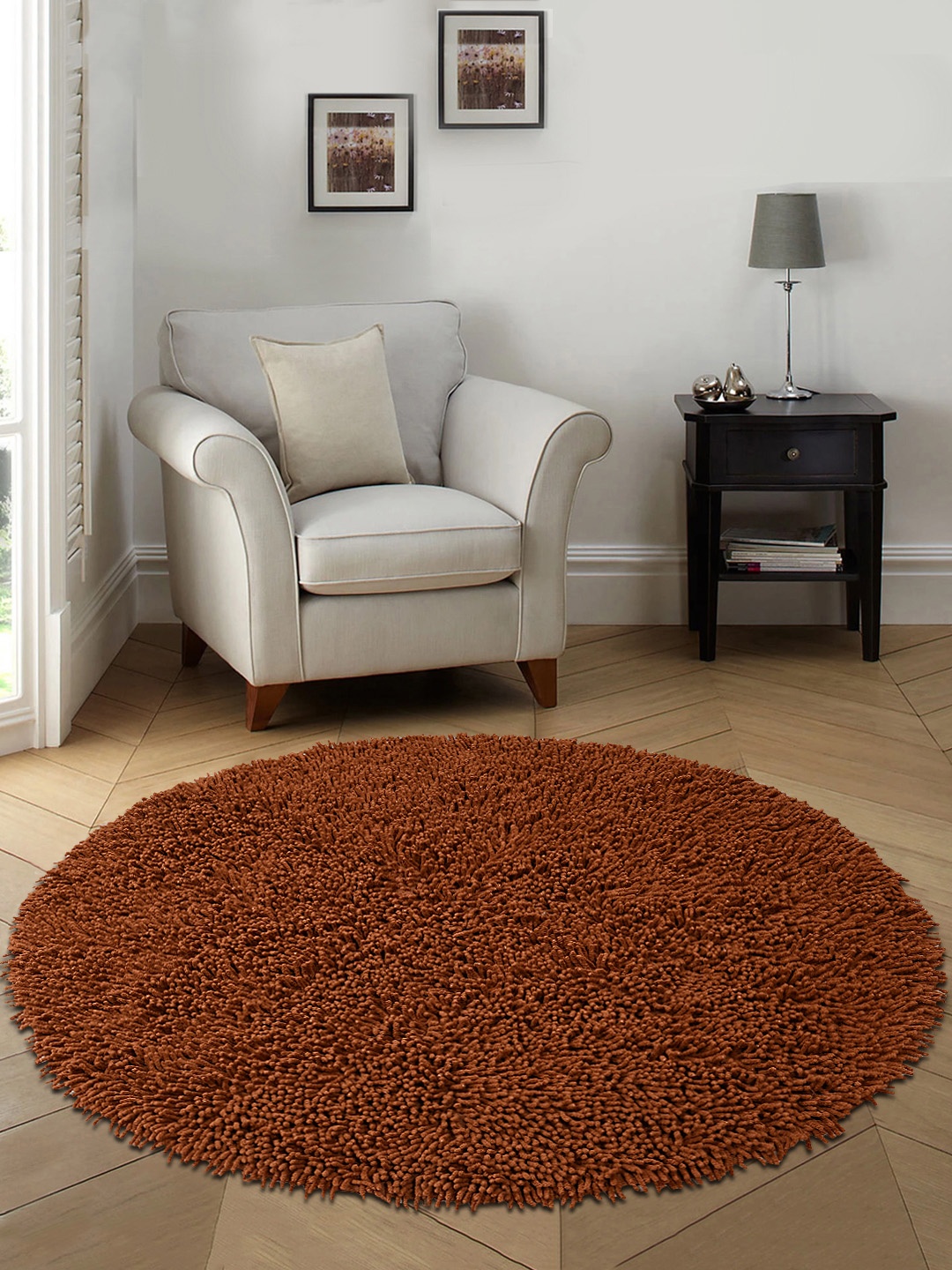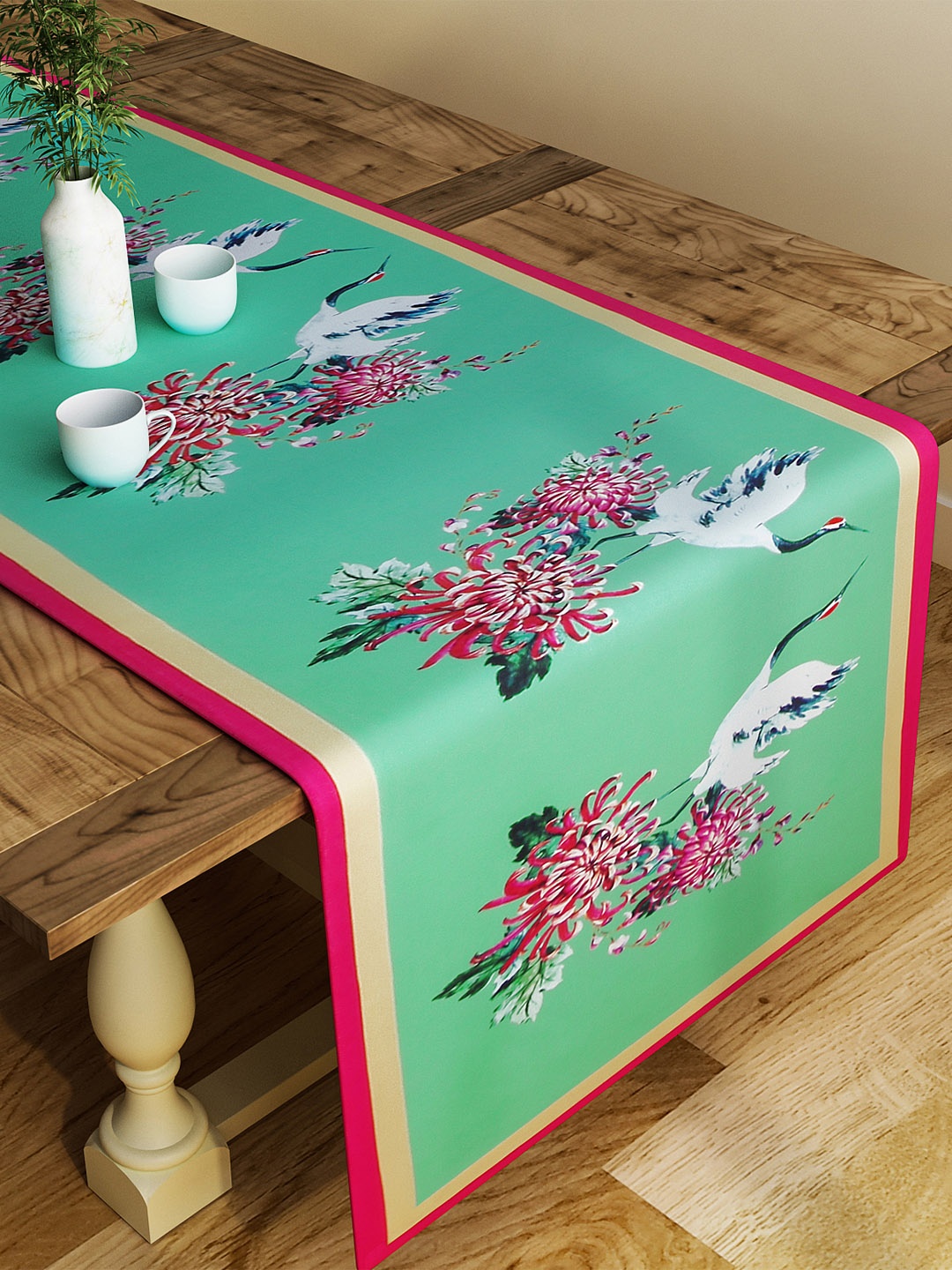Floor Mat Care: How Often To Wash, Rotate And Replace Your Floor Mat - Apply This Hygiene Rule
Floor mats quietly take the beating of dusty shoes, rainy days, chai spills and daily traffic. Here's a simple rulebook on how to take care of them. Let's look at how often floor mats should be washed, rotated, and replaced.

Simple Rules On Washing, Rotating And Replacing A Floor Mat For A Cleaner Home.
Think of a floor mat as the unsung guard at your doorstep. It welcomes guests, wipes away tired feet, and keeps the floor looking decent. Yet, it rarely gets the care it deserves. Mats are more than just accessories; they're hygiene shields. A clean mat keeps dust under control, saves you from endless sweeping, and prevents germs from marching in.
Many homes, offices, and shops in India depend on mats, from the humble coir rug at the entrance to plush living room carpets. But ask around, and very few can confidently say when they last cleaned or replaced theirs. This neglect doesn't just make mats look shabby; it quietly invites health risks. Dust mites, bacteria, and even mould can thrive in them.
So, here's a simple rulebook. Let's look at how often floor mats should be washed, rotated, and replaced. With some easy habits, you can make sure the little rectangle by your door lives up to its true purpose.

Master the Art of Floor Mat Care by Learning How Often to Wash, Rotate, and Replace Them for a Pristine Home; Photo Credit: Pexels
1. The Daily Dirt Story – Why Mats Matter
A floor mat doesn't just lie there. It works full-time. Every day, it collects dust, mud, hair, food crumbs, and sometimes even rainwater. One study showed that mats at doorsteps carry more bacteria than toilet seats. Frightening, isn't it?
Picture this: shoes that stepped on the roadside or a crowded metro floor now walk straight into the living room. The mat is the first line of defence. But when it's neglected, it becomes the problem instead of the solution. A dusty mat spreads particles every time it's shaken, walked over, or moved. That's why regular upkeep isn't just about appearances, it's about health.
In India's diverse weather, mats suffer even more. Monsoon mats smell musty, summer mats gather sweat stains, and winter mats become dust magnets. Ignoring them is like sweeping dirt under the carpet, literally. Giving mats attention means fewer allergies, less cleaning stress, and a home that feels truly fresh.
2. Washing Wisdom – How Often Should You Do It?
The golden rule: wash floor mats every two weeks. High-traffic mats, like the one at your main door, may even need weekly scrubbing. Living room mats, which face constant tea breaks, snacks, and children running about, also deserve frequent care.
Hand-washing mats with mild detergent work well, but larger mats can be sent to laundries. Many dry cleaners in cities now offer mat and carpet services, costing between ₹300–₹700, depending on size. That small spend is worth the hygiene benefits.
Avoid waiting until the mats look dirty. By the time stains show, bacteria have already made themselves comfortable. Make a schedule. Just like you wouldn't skip washing clothes for weeks, mats deserve the same routine. Regular washing keeps them fresher for longer and saves you the embarrassment of guests noticing odd smells.
Also Read: Transform Your Entryway: Explore Top-Rated Door Mats To Enhance Your Home's Aesthetic
3. Material Matters – Different Mats, Different Rules
Not all mats are created equal. Coir mats, popular for doorways, trap dust well but can't handle heavy washing. A quick beating in the sun followed by light vacuuming works best. Cotton mats are easier; just toss them into the washing machine. Rubber mats need a hose rinse and mild scrubbing. Plush rugs, on the other hand, demand delicate handling or professional cleaning.
Choosing the right method keeps mats intact longer. For instance, scrubbing coir with detergent can make it crumble. Washing machine spins can distort rubber edges. Always check care tags. And here's a tip: if you're buying new mats, consider ones that are both durable and easy to clean. Spending ₹500 more upfront saves you the headache of replacing them too soon.
Remember: it isn't about cleaning hard, it's about cleaning smart. Respect the material, and it will serve you well.
4. The Rotation Rule – Why One Mat Isn't Enough
Here's a trick most households overlook: rotate mats. Using the same mat day in and day out wears it faster. Having two or three per spot makes a world of difference. While one mat dries in the sun, the other holds fort.
For example, keep a set of two mats for the main entrance. Switch them weekly. That way, each mat gets rest and lasts longer. The same works for bathroom mats; swap them every few days so they don't remain damp. A damp mat isn't just uncomfortable underfoot; it's a playground for mould.
Rotation also adds variety. Imagine stepping on the same dull, fading mat for months. Changing them keeps spaces lively, much like changing curtains. It's a small investment, ₹200-₹300 per extra mat, that pays off with freshness and longevity.

Master the Art of Floor Mat Care by Learning How Often to Wash, Rotate, and Replace Them for a Pristine Interior; Photo Credit: Pexels
5. The Smell Test – Don't Ignore the Signs
Mats talk, not with words but with smells and stains. If you notice a lingering odour near the entrance despite mopping floors, chances are it's the mat. Spilled curry, wet shoes, or pet accidents can make mats stubbornly smelly.
Smell is the mat's way of asking for urgent care. Immediate washing may solve it, but if odours stay, it's time to say goodbye. A mat that clings to bad smells is no longer a friend, it's a germ hub. The same applies to visible damage. Torn edges, thinning patches, or faded colours aren't just cosmetic issues; they reduce the mat's ability to trap dirt.
So listen to your mat. It quietly signals when enough is enough. Ignoring these hints only leads to bigger messes inside the house.
6. Seasonal Sense – Adapting Care to Weather
In India, mats live through extremes, monsoon muck, summer dust storms, and winter smog. Each season demands a different cleaning rhythm.
During monsoon, mats soak easily. Wash and sun-dry them weekly to avoid mould. In summer, dust builds up quickly, so shaking mats outside every evening helps. Winter mats should be vacuumed more often, as indoor air pollution is higher and dust settles fast.
Sunlight is a natural disinfectant. Spreading mats out in the sun once a week not only dries them but also kills bacteria. Think of it as a free service nature offers, no electricity bills, just fresh air. Adapting mat care to seasons means fewer colds, fewer allergies, and a cleaner home year-round.
7. The Health Angle – Mats and Allergies
For families with children or elderly members, mat hygiene is more than cosmetic. Dusty mats aggravate asthma, trigger sneezing fits, and worsen skin allergies. Invisible dust mites thrive in damp, dirty fibres.
A study from a Delhi hospital found higher rates of respiratory issues in homes with neglected carpets. That's no surprise. Each step on a dirty mat sends microscopic dust particles into the air, which we then breathe. For households with toddlers crawling around or grandparents resting in living rooms, the impact can be serious.
Washing mats regularly is a simple preventive step. It's cheaper than paying hospital bills. Spending ₹500 on cleaning every month saves far more than doctor visits costing ₹1,500–₹2,000. Health should never take second place to laziness.

Master the Art of Floor Mat Care by Learning How Often to Wash, Rotate, and Replace Them for a Pristine Interior; Photo Credit: Pexels
8. Replacement Reality – When to Let Go
Even with the best care, mats don't last forever. The average lifespan is 1–2 years for cotton mats, 3–4 years for coir, and about 5 years for rubber ones. Beyond that, mats lose their grip, look shabby, and stop absorbing dirt.
Clinging to old mats is common. After all, they've “been around”. But there's no point keeping a mat that no longer serves its purpose. Think of it like worn-out chappals, they might still exist, but they don't do the job.
Replacing a mat isn't expensive. Decent entrance mats cost ₹400-₹700, bathroom mats start around ₹250, and premium rugs may go up to ₹2,500. Changing them on time refreshes the look of a home instantly. A new mat at the door feels like a fresh handshake to visitors.
9. Smart Spending – Quality Over Quantity
Many people buy the cheapest mats available, thinking “it's just for wiping feet.” But poor-quality mats wear out quickly, forcing repeated spending. A better approach is to buy durable mats that last longer.
For example, a cheap ₹200 mat may last three months, while a sturdy ₹600 one can last two years. In the long run, the pricier option saves money. Look for mats with non-slip backing, washable fabric, and strong stitching.
It's the same logic used when buying shoes or mattresses, quality pays off. Mats may not feel glamorous, but they're daily essentials. Spending a little more upfront means fewer headaches later.
10. A Habit That Sticks – Making Mat Care Routine
The trick is consistency. Washing mats should become as natural as washing bedsheets. Fix a day every fortnight, say, Sunday afternoon, for mat duty. Keep two mats per spot, so there's no gap during cleaning. Set reminders if needed.
Involving the family helps too. Children can be taught to shake mats in the sun. It becomes a shared task, not a chore. Plus, the satisfaction of stepping on a clean mat is oddly rewarding. It's like drinking water from a freshly washed glass, it just feels better.
Small habits shape cleaner, healthier homes. Caring for mats may seem trivial, but it's these tiny steps that add up to big comfort.
Products Related To This Article
1. Roseate Mosaic Super Soft (40x60 cm) Microfibre 2000 GSM Bath Mat Super Absorbent Anti-Skid Door Mats for Home
2. Roseate Birch Super Soft (40x60 cm) Microfiber 2000 GSM Bath Mat Super Absorbent Anti-Skid Door Mats for Home
3. Yellow Weaves Synthetic Rubber 1 Pc Anti Slip Water Soaking Floor Mat,Water Absorbent Non Slip Bath Mat
4. Luxe Home Vegas Kid's Bath Mat (40x60 cm) Bathroom Mat
5. Amazon Brand - Solimo Premium Anti-Slip Microfibre Bathmat
6. Prisha Cart Rubber Anti Skid & Multipurpose
7. Yellow Weaves– Non-Slip Kitchen Floor Mats
Floor mats don't ask for much, yet they silently protect homes every day. Giving them the care they deserve isn't complicated: wash them regularly, rotate them smartly, and replace them on time. The reward is a cleaner floor, fresher air, and fewer sneezes.
Think of mats as loyal companions. They catch the dust so you don't have to. In return, they just need a wash, a sunbath and a dignified farewell when their time is up. Follow this simple hygiene rule, and your home will always feel welcoming, fresh, and healthy, from the doorstep inwards. Check Today's Deals On Amazon
Disclaimer: The images used in this article are for illustration purposes only. They may not be an exact representation of the products, categories, and brands listed in this article.
















![Steam Iron Teflon Shoe Cover for ES-300,ST-96 [Only For ES-300 and ST-96 Model Electric Steam Irons]](https://m.media-amazon.com/images/I/51wwkttondL._SL160_.jpg)








